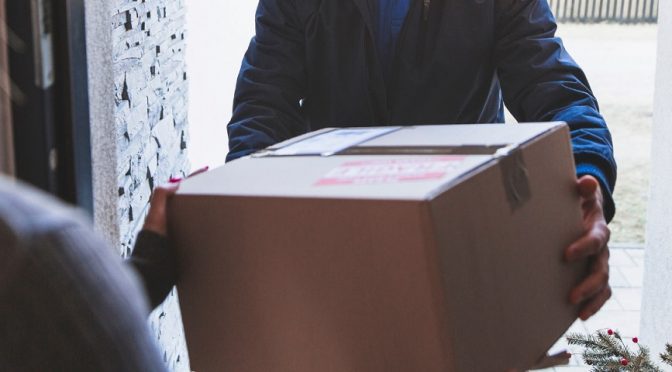
What’s with same-day or next-day deliveries? Well if haven’t forgotten important dates such as Valentine’s, Black Friday, or Thanksgiving, you won’t much appreciate the urgency of fast deliveries to save face. All’s well that ends well, and that’s why the right logistics technology, especially the last mile, is critical for flash events.
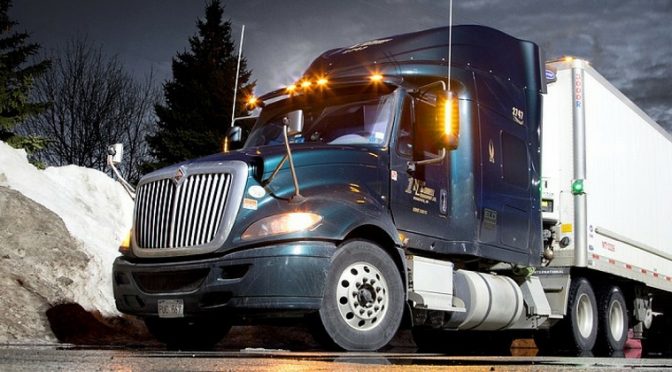
We are now well past the 1st April enforcement date for electronic logging device (ELD) implementation. Now if your trucks are stopped for a roadside inspection, how do you prepare to get through that without any violations? Here’s what you need to know to be violation free.

According to the American Trucking Associations, freight tonnage hauled by trucks would increase by 27% (between 2016 and 2027). With global retail sales to touch $27 trillion by 2020, it just adds to the problems of high volume and restricted resources. Most of these companies would win or lose based on how they optimize their last mile deliveries.
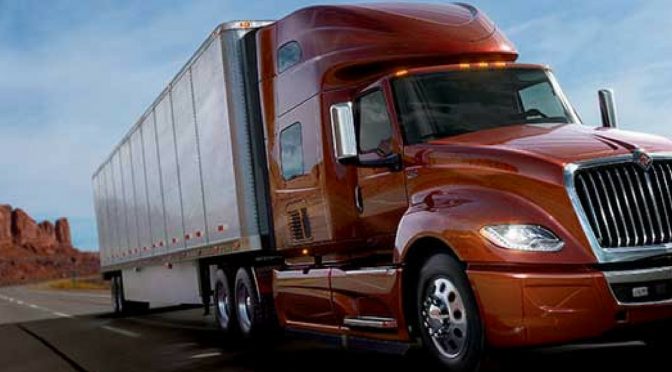
Know where your drivers are at all times. A trucker was lost in snow-covered woods in Oregon for four days when the wrong address was plugged into the GPS. He managed to survive and walk back to more populated areas when his truck got stuck on small roads.
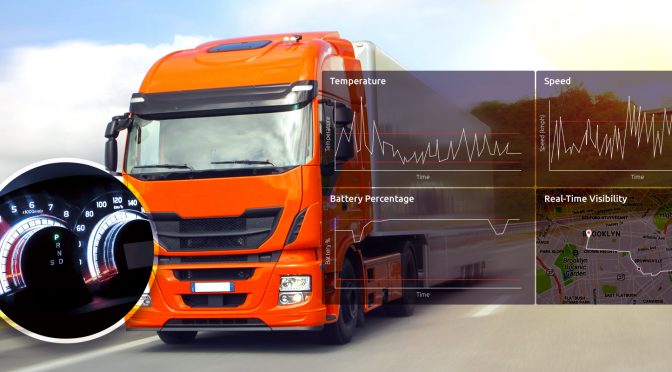
Reduce your logistics management costs and increase overall efficiency by tracking drivers and their behavior in real-time. Industries, especially those with sensitive cargo and shipments, focus on tracking the behavior of their drivers to ensure service level agreement (SLA) compliance.
A billion data points. One for every 8th person in the world. One for almost every vehicle in the world. Comprehensive location tracking data points encompassing more than three continents including North America, Asia, Northern Africa, and Southern Europe. It doesn’t get any bigger than this.

There is a clear and strong shift in the tide where several retail players have adopted the best features of e-commerce and turned themselves into omni-channel behemoths. What has triggered this change in fortunes for the average retailers?
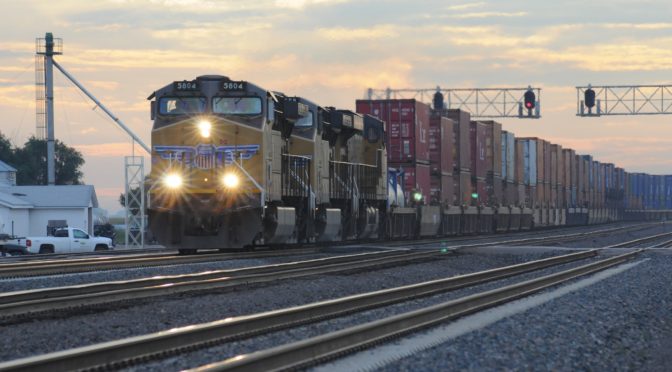
The next big thing, FaaS, is slated to cover more than 30% of total logistics management growing to $900 Billion by 2030. These numbers are striking enough to sit up and talk about the utilization of FaaS and how it would affect the fleet management systems already in place. How would it work?

The last decade has been extremely crucial for the E-Commerce industry in India. We have briskly perceived major technological variations, undoubtedly due to the extremely dynamic nature of this industry. It’s been like yesterday when people assured that the retail industry would surely washout if it shifts to an E-commerce or e-store model.

